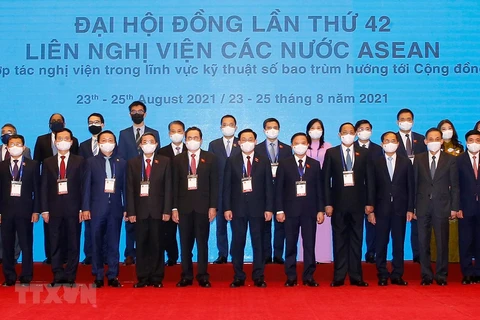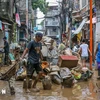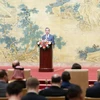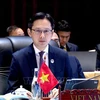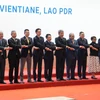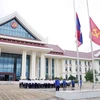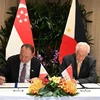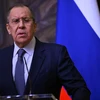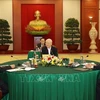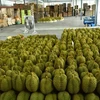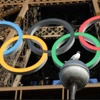Vientiane (VNA) - The year-on-year inflation rate of Laos rose to 4.7 percent in July, highest level recorded since August last year, reported the Lao Statistics Bureau.
Fluctuating currency exchange rates are considered to be one of the main drivers of inflation in Laos. Strong demand for foreign currencies, notably the Thai baht and US dollar, means that businesses often rely on the parallel market to buy the foreign currencies they need to import goods.
However, the gap between the official and parallel markets is widening, with the kip continuing to depreciate in June and July despite the government’s measures to deal with the issue.
Governor for the Bank of Laos Sonexay Sitphaxay was quoted by local media as saying at the National Assembly that the gap in the kip/US dollar exchange rate between commercial banks and the parallel market had widened by as much as 22.1 percent in July.
Sonexay said the increasing difference in these exchange rates was linked to the rising demand for foreign currencies to meet the trade deficit and repay debts owed to foreign countries amid the COVID-19 pandemic.
In July, Laos registered a record trade deficit of 99 million USD, up from 62 million USD recorded in June, according to the Laos’ Ministry of Industry and Commerce.
The depreciation of the kip has impacted on imported products and resulted in rising production costs as well as driving up the cost of living in Laos.
In July, the cost of food and non-alcoholic beverages surged by 4.44 percent year-on-year, and 1.10 percent month-on-month. Meanwhile, costs in the communication and transport category rose by 0.92 percent month-on-month and 6.78 percent year-on-year.
At the same time, prices in the restaurant and hotel category went up by 2.19 percent month-on-month and 4.42 percent year-on-year due to the rising cost of cooked food./.
Fluctuating currency exchange rates are considered to be one of the main drivers of inflation in Laos. Strong demand for foreign currencies, notably the Thai baht and US dollar, means that businesses often rely on the parallel market to buy the foreign currencies they need to import goods.
However, the gap between the official and parallel markets is widening, with the kip continuing to depreciate in June and July despite the government’s measures to deal with the issue.
Governor for the Bank of Laos Sonexay Sitphaxay was quoted by local media as saying at the National Assembly that the gap in the kip/US dollar exchange rate between commercial banks and the parallel market had widened by as much as 22.1 percent in July.
Sonexay said the increasing difference in these exchange rates was linked to the rising demand for foreign currencies to meet the trade deficit and repay debts owed to foreign countries amid the COVID-19 pandemic.
In July, Laos registered a record trade deficit of 99 million USD, up from 62 million USD recorded in June, according to the Laos’ Ministry of Industry and Commerce.
The depreciation of the kip has impacted on imported products and resulted in rising production costs as well as driving up the cost of living in Laos.
In July, the cost of food and non-alcoholic beverages surged by 4.44 percent year-on-year, and 1.10 percent month-on-month. Meanwhile, costs in the communication and transport category rose by 0.92 percent month-on-month and 6.78 percent year-on-year.
At the same time, prices in the restaurant and hotel category went up by 2.19 percent month-on-month and 4.42 percent year-on-year due to the rising cost of cooked food./.
VNA



